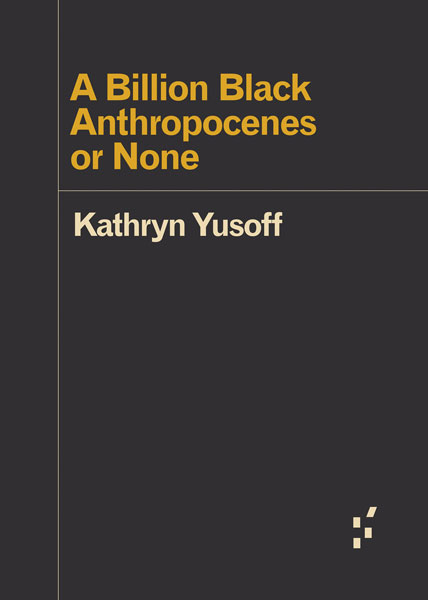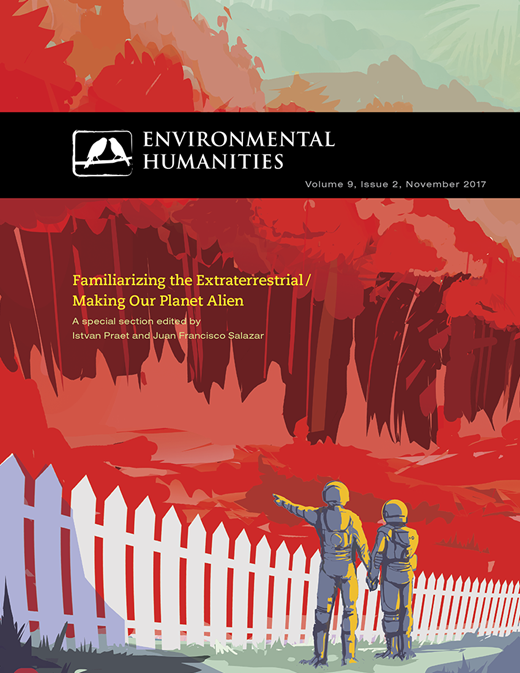The Distance Plan (2013–)
Filed under magazine | Tags: · anthropocene, art, climate, climate crisis, earth, environment
![]()
“The Distance Plan is a project founded by Abby Cunnane and Amy Howden-Chapman that brings together artists, writers and designers to promote discussion of climate change within the arts. The Distance Plan works through exhibitions, public forums and the Distance Plan Press which produces publications, including an annual journal.”
“The issue 4 features artist pages by Louise Menzies and Michala Paludan, an essay by Lina Moe on the closure of New York’s L Line, and, through our ongoing Climate Change & Art: A Lexicon, surveys the language currently surrounding anthropogenic climate change. Through proposing neologisms and promoting less well-known terms, we wish to propel interdisciplinary discussion, and by extension accelerate the pace of action.
Through this lexicon we propose that the science around climate change is developing so rapidly that we need new language to articulate its processes and effects. The lexicon is also based on the recognition that evolving science produces evolving policy, and politics must be commensurate with this. The first set of lexicon terms were collected in the Reading Room journal in 2015.”
Edited by Amy Howden-Chapman and Abby Cunnane
Publisher Distance Plan Press, Auckland, New Zealand
Creative Commons BY-NC-SA 4.0 International Licence
ISSN 2463-5553
127 pages (Issues 2 & 4), 135 pages (Issue 3), 69 pages (Issue 5)
Issue 1, 2013: PDFs
Issue 2: Seven Conversations, 2014: PDF, PDFs
Issue 3: Climate & Precarity, Dec 2015: PDF, PDFs
Issue 4: Climate Change & Art: A Lexicon, Oct 2016: PDF, PDFs
Issue 5: Charismatic Facts: Climate Change, Poetry & Prose, Apr 2019: PDF, PDFs (added on 2019-5-30)
Kathryn Yusoff: A Billion Black Anthropocenes or None (2018)
Filed under book | Tags: · anthropocene, black people, blackness, colonialism, critique, earth, earth system, geology, materiality, politics, race, slavery, theory

“No geology is neutral, writes Kathryn Yusoff. Tracing the color line of the Anthropocene, A Billion Black Anthropocenes or None examines how the grammar of geology is foundational to establishing the extractive economies of subjective life and the earth under colonialism and slavery. Yusoff initiates a transdisciplinary conversation between black feminist theory, geography, and the earth sciences, addressing the politics of the Anthropocene within the context of race, materiality, deep time, and the afterlives of geology.”
Publisher University of Minnesota Press, 2018
Forerunners series
ISBN 9781517907532, 1517907535
xiv+115 pages
Commentary: McKenzie Wark (Verso Blog, 2019).
Comment (0)Environmental Humanities, 9(2): Familiarizing the Extraterrestrial / Making Our Planet Alien (2017)
Filed under journal | Tags: · alien, astronomy, cosmos, earth, extraterrestrial, imagination, life, science, space

“A growing number of researchers in the social sciences and the environmental humanities have begun to focus on the wider universe and how it is apprehended by modern cosmology. Today the extraterrestrial has become part of the remit of anthropologists, philosophers, historians, geographers, scholars in science and technology studies, and artistic researchers, among others. And there is an emerging consensus that astronomers and other natural scientists—contrary to a common prejudice—are never simply depicting or describing the cosmos “just as it is.” Their research is always characterized by a specific aesthetic style and by a particular “cosmic imagination,” as some have called it. Scientific knowledge of the universe is based on skilled judgments rather than on direct, unmediated perception. It is science, but it is also an art. This special section focuses on two at first sight contradictory aspects of this cosmic imagination. On the one hand, there is a distinctive move toward viewing the extraterrestrial in familiar terms and comprehending it by means of conceptual frameworks that we, earthlings, are accustomed to. On the other hand, there is a tendency to understand our own planet in unfamiliar terms, especially in astrobiology, where so-called analog sites and “extreme environments” provide clues about alien planets.”
Special section edited by Istvan Praet and Juan Francisco Salazar
Publisher Duke University Press, November 2017
Creative Commons BY-NC-ND 3.0 License
ISSN 2201‐1919
pages 300-455

